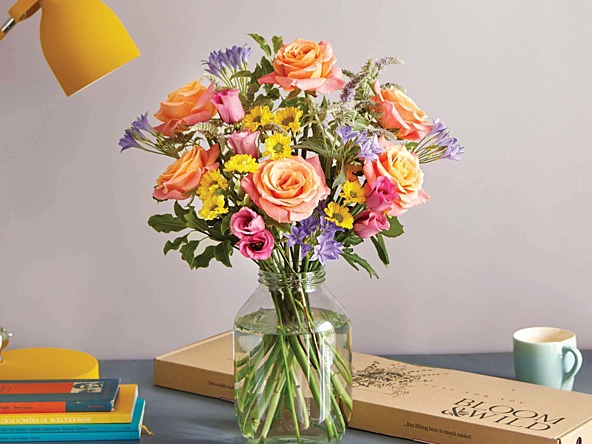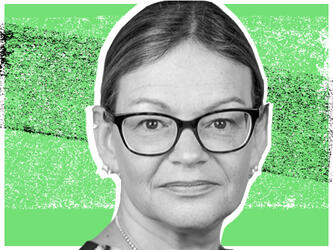Taking root

Whether it is for a special occasion or simply to brighten up a socially isolated household, people love receiving flowers – and, increasingly, they can be ordered online.
Bloom & Wild specialises in home flower deliveries and many of its products can be posted through standard UK letterboxes, meaning nobody has to sign for delivery. Seven years after launch, the UK start-up has expanded to Ireland, Germany and France, with the latter two countries providing a cultural challenge for its delivery model.
Unlike in the UK, letterboxes are not commonplace in France or Germany. Although Bloom & Wild also sells hand-tied flower arrangements, it has been a challenge to adapt its business model to be a viable alternative to traditional flower shops on the continent.
Insights have helped to shape the company’s response. Bloom & Wild worked with consumer research firm Attest to look at how to handle its international expansion and understand how the brand performs against competitors. It carried out a survey, with analysis via Attest’s research platform.
Mairead Masterson, head of business intelligence at Bloom & Wild, says the initial aim of the research was to understand national preferences for flower delivery in France and Germany so that the company could inform its marketing communications accordingly.
“In those markets, in particular, we were interested in the opinions of our target consumers – whether they preferred hand-ties versus our letterbox packaging format,” she says. “We wanted to dig into preferences for packaging and bouquet design, and how they varied between markets, so we could refine the messages we pushed in those areas.”
Bloom & Wild’s work on the project involved surveying 1,000 people, via Attest, in the two countries. Respondents had purchased flowers in the past year and results were segmented by factors such as age and gender.
In France, the research focused mainly on customer photography preferences of how the flowers were presented in advertising, rather than on how they were delivered.
The findings underlined the need to take different consumer preferences into account. In Germany, most prospective customers were comfortable with online purchasing – 87% said they had done so in the past – but 43% had never bought flowers on the internet.
“We also found that ease of ordering was an important factor in the flower-buying experience, as was offering minimal and eco-friendly packaging options,” Masterson says.
The company used the findings from the research to ensure its marketing messages were suitable for a German audience. The research into bouquet and packaging design preferences helped it to identify what products to show in adverts, while segmenting the data identified the target market for the ads.
The majority of respondents preferred hand-tied flower bouquets to the letterbox format that was the cornerstone of Bloom & Wild’s UK business. Two-thirds of potential customers in Germany opted for the hand-tied design, a figure that remained consistent across men and women.
The research was used to inform an advertising campaign in the country, emphasising the hand-tied bouquets that appealed more to the new audience.
The research has helped Bloom & Wild take root in mainland Europe, by making a simple tweak to appeal to new markets.
This article was published in the July 2020 issue of Impact.

We hope you enjoyed this article.
Research Live is published by MRS.
The Market Research Society (MRS) exists to promote and protect the research sector, showcasing how research delivers impact for businesses and government.
Members of MRS enjoy many benefits including tailoured policy guidance, discounts on training and conferences, and access to member-only content.
For example, there's an archive of winning case studies from over a decade of MRS Awards.
Find out more about the benefits of joining MRS here.














0 Comments